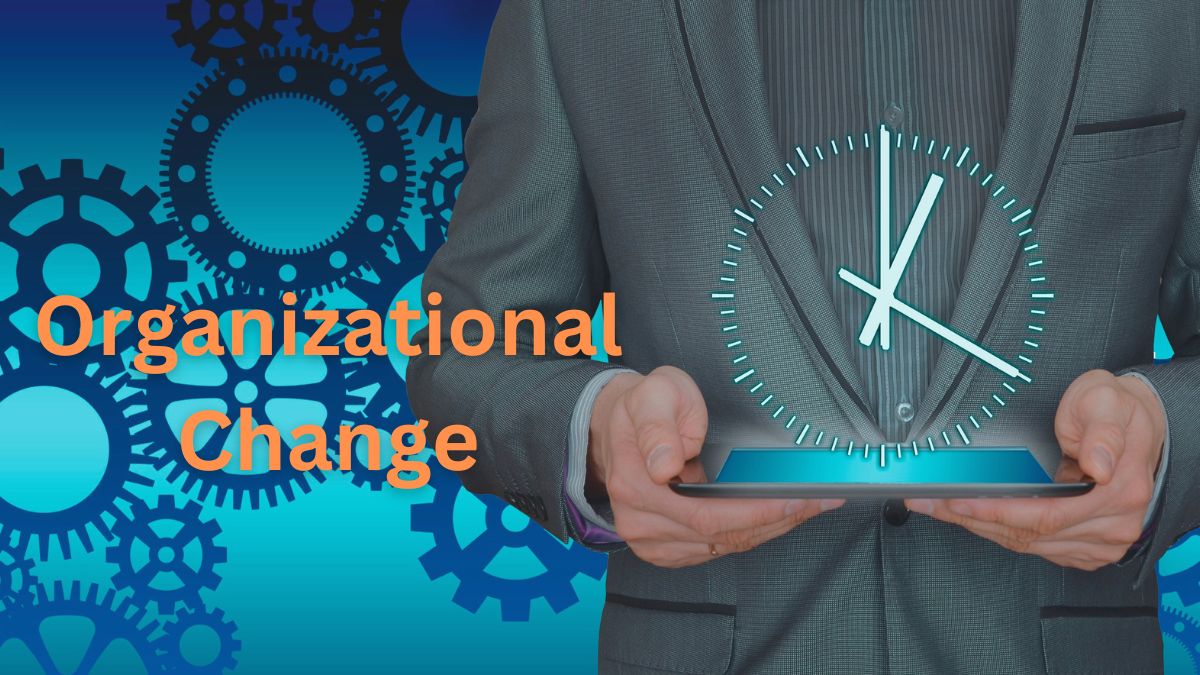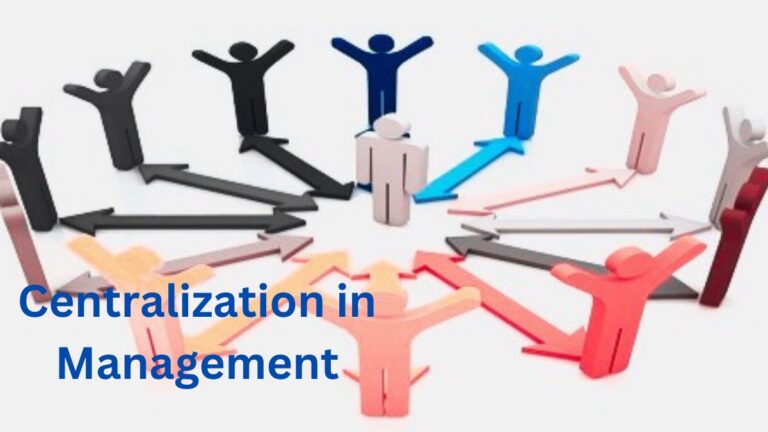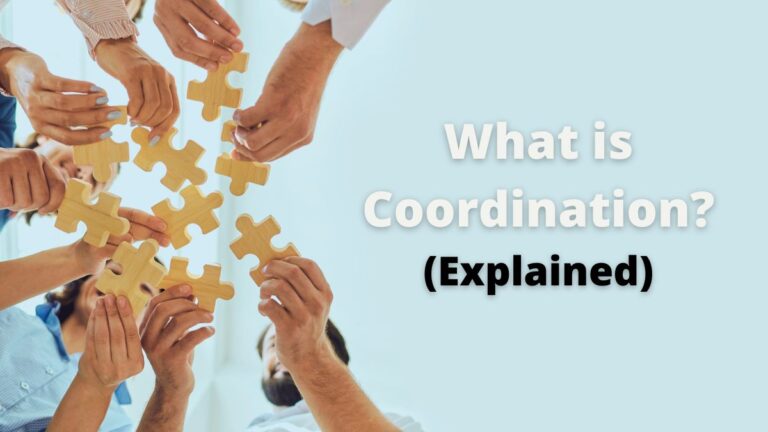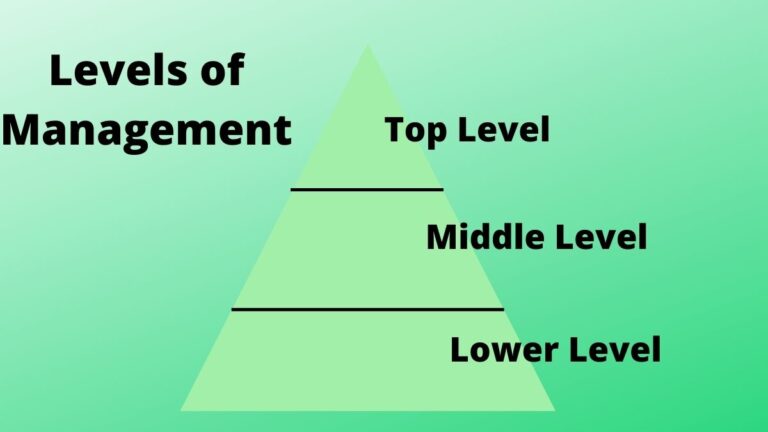What is Organizational Change? Definition, Types, Reasons, and Ways To Overcome
What is Organizational Change?
Organizational change is a process through which an organization changes its activities to outperform in the changing business environment. The changes may be in its culture, technologies, infrastructure, personnel, strategies, and so on.
Change is necessary but it is not easy. Organizations operate in changing business settings. Static business strategies would not give effective results in the long run. Changes that occur internally and externally affect the performance of an organization. To confront such changes the organization should change its functioning style.
Managing change is necessary for the organization to survive in the competitive market. Employees may resist change and how managers execute the change affects how they receive it. However, he should be conscious of the business environment and adaptive to its changing factors.
Forces of Organizational Change
Internal and external are the two main forces organizations under some changes. Internal reasons include the forces within the organization whereas external reasons include forces outside the organization. Here are some examples of these forces.
Internal Forces
Organizations may change their functioning because of the problems within the organization. These problems or issues may include:
- Change in the company’s vision, mission, and goal.
- Change in leadership.
- Change in organizational structure.
- Change in owners and board of directors.
- Decrease in revenue.
- Poor organizational performance, etc.
External Forces
Companies also undergo organizational changes because of external factors. These factors are uncontrollable to the organization and what it can do is respond to these factors effectively. Some of these are:
- Change in a political environment.
- Change in technology.
- Economic changes.
- Globalization.
- Changes in a natural environment.
- Social changes, etc.
Types of Organizational Change
There are many types of organizational changes, from them, the main five are mentioned below:
Transformational Change
Transformational organizational changes are those which completely reshape an organization’s strategies and processes. They are significant, broad changes that completely transform the organization.
Related: Transformational Leadership Style
They are infrequently used and typically adopted when companies seek totally different goods or markets when technology undergoes radical advancements, when they attempt to restructure their business model in response to severe circumstances, or when they must keep up with expanding supply and demand.
Transitional Change
Companies replace an outdated technique with a new one during a transitional change to improve performance and efficiency. This could entail developing new goods or services, deploying new technology, changing long-held, outdated regulations, or transitioning from manual to automated manufacturing processes.
Developmental Change
The developmental change focuses on improving and fixing current systems rather than making drastic changes. They are gradual, small-scale adjustments that emphasize incremental improvement, identifying weaknesses, and building on earlier achievements.
These changes show that a company is committed to enhancing itself in order to match customer requests and boost sales.
Proactive Change
Proactive changes are planned changes in the organization. Under this, organizations analyze the likely future and adopt strategies to exploit opportunities or avoid potential threats.
Proactive change is an effective way for companies to outperform the competition. Organizations use it, analyze the market implement strategies, and offer products that the market is likely to accept before any business which results in increased customers and sales.
Reactive Change
Reactive change is the opposite of proactive organizational change. It is a change that organizations take after the occurrence of events. Such as Changes in politics, competition, changes in the market, natural disasters, etc. influence reactive changes. These are the changes meant to confront the happened situations.
Why Do Employees Resist Change?
While implementing change in the organization it is a common phenomenon that employees resist that change. Their resisting reasons may be because of them as well as because of the organization. Some of the reasons employees resist organizational change are mentioned below:
- Work habits of employees.
- Fear of job loss.
- Fear of leaving the comfort zone.
- No information on why change is happening.
- Security reasons.
- Fear of the unknown.
- The climate of mistrust.
- Lack of training on change, etc.
Overcoming Resistance To Change
Managers need to manage change effectively and for this, it is necessary to overcome resistance to change. The following strategies are helpful for the management of resistance to change.
- Education and Communication – Employees usually resist change because they are unaware of why the change is taking place. As such, they should be educated and informed about the change.
- Participation – Participative management is an effective way to overcome resistance to change.
- Facilitation and Support – When they lack appropriate information, employees may become fearful and anxious about change. Managers can act as facilitators by offering guidance and technical help.
- Negotiation – Negotiation is necessary when resistance comes from a group of people.
- Coercion – It is implementing change through threats and punishment. It should be implemented if all the above-mentioned strategies fail to implement change.
Read Next: Strategies To Overcome Resistance To Change
Sajan Kushmi is a content writer with more than 4 years of experience. He holds BIM Degree. He write on the topics related to Management, Marketing, and Entrepreneurship.






